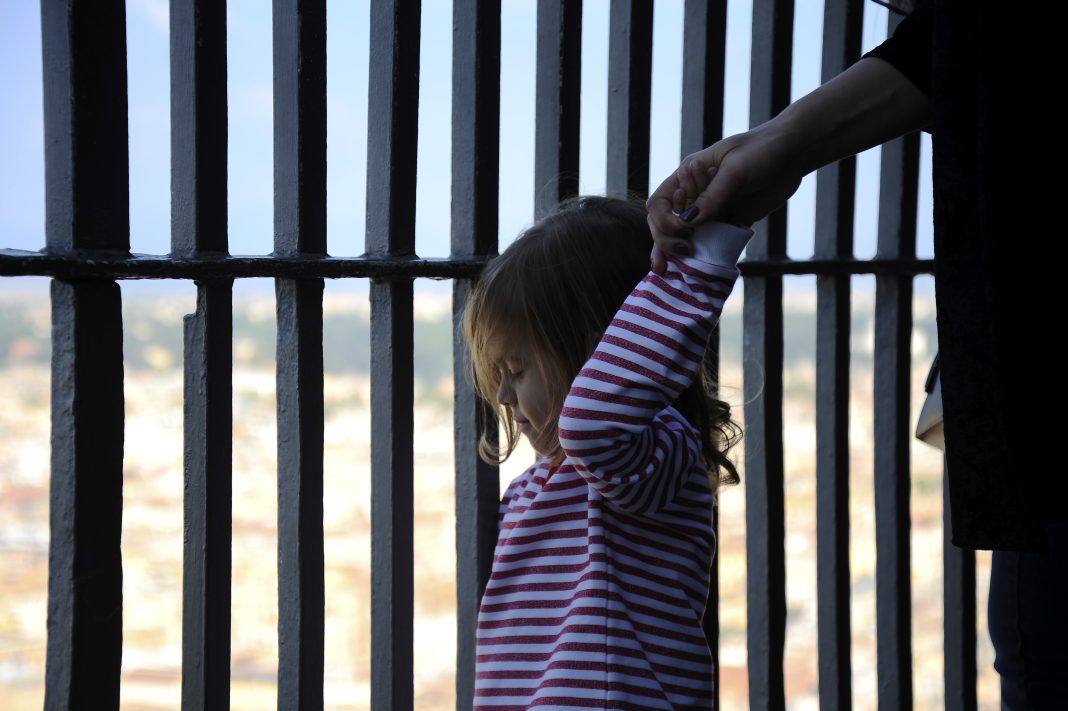Written by Egil Kjerstad, Research Director at the NORCE Norwegian Research Centre, this article discusses a research project aimed at understanding how parental imprisonment affects children’s education and health
Over the last 40 years, incarceration rates have risen dramatically in most Western countries. The effects on the individual prisoner and possible societal consequences are widely discussed. Research on the effects of incarceration has focused rather narrowly on the offender and the prison experience itself. The prisoners’ family members and children have been relatively invisible, despite being a sizable population. Estimates show that in Norway, between 6000 and 9000 individuals experience parental incarceration each year. It has long been recognized that the families of prisoners experience multidimensional and intersectional forms of inequality. Children with incarcerated parents are ‘invisible’, limiting their access to necessary support, and we are concerned that too little is known concerning these children`s health status and their achievements at school. How children are affected by this adverse childhood experience depends on, for example, what incarceration does to their parent and their parent’s experience. The Nordic countries have become known for their low rates of imprisonment and relatively humane conditions of imprisonment. The different correctional interventions to which parental offenders are exposed may result in positive processes or personal reform and in maintaining behavioral change, which is also favorable to their children. At the same time, in other cases, the effects of imprisonment are detrimental. It is important to gain more knowledge on how different forms of incarceration affect the prisoners’ children. It is further of interest to investigate the role of the child welfare services in the context of parental imprisonment. Child welfare services may have a dual role for the children in question. The child welfare services can potentially give protection against detrimental conditions at home or add resilience to a child and their family when a parent is incarcerated.
Aim of the project
The main aim of our project – financed by the Norwegian Research Council (Project no. 324963) – is to understand whether and to what extent the incarceration of parents impacts their children’s education and health. We further aim to investigate how these outcomes vary across different correctional settings and the importance of family background and socioeconomic status. The potential protective role of grandparents and support from the child welfare services will be investigated.
Merging register data
The project will rely on linked information from several Norwegian administrative registers. Demographic characteristics will be obtained from the population registry at Statistics Norway, and income, social assistance, unemployment benefits, disability pension, and labour market status will be obtained from the Income registry. The National Prison and Police Registry provides data on incarcerations from 2008 to 2023. The Child Welfare Registry includes all referrals, investigations, and measures. It contains information on whether a person has received relief measures or care measures each year. Information on educational attainment will be obtained from the National Education Database. The paths through the educational system (yearly education status: current and completed), school grades, high school diploma, and higher education information. The Norwegian Patient Register is the official registry for specialist healthcare services in Norway and contains data on all hospital admissions, including both somatic and psychiatric care. Individual information such as number of admissions, type of admission (planned/emergency, outpatient/inpatient, etc.), length of stay, diagnosis, dates of referral and admission, and institution identifier. Finally, the Municipal Patient and User Register includes data from Norwegian municipalities on persons who have applied for, are receiving, or have received primary healthcare and care services.
Cause and effect
Obviously, causal interpretation demands valid identification strategies. Although challenging, we suggest investigating three identification strategies: timing of the event, difference-in-differences, and alternative matching approaches. Various statistical methods will also be used to test associations between parental imprisonment in childhood and adolescence and educational and health outcomes.
Dissemination of results
The main target audiences for the project are practitioners working with children and youth who are exposed to parental imprisonment in municipalities, policymakers, and the scientific community. We will utilize different strategies to ensure broad dissemination of the findings: 1) presenting results to relevant user groups 2) communicating findings to policymakers within the municipal services, health sector, educational sector, and welfare systems, 3) publication of papers in high impact journals and at international and national conferences, 4) short summaries of the articles will be posted on the NORCE website and shared with relevant stakeholders, and 5) using established media contacts to communicate results of the study in national and regional media. The project group will take care to present results in a way that avoids stigmatizing children and adolescents experiencing parental imprisonment.


